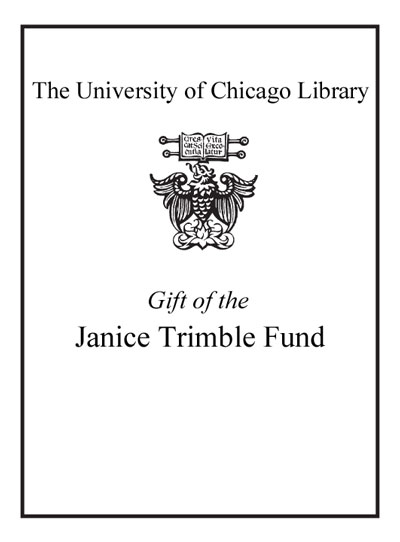Review by Choice Review
The duality of the puppet--which oscillates between a vibrant being and inanimate object--has afforded theater artists and scholars a rich legacy of philosophical criticism and commentary. Adding to this scholarship, Bell (Univ. of Connecticut), Orenstein (Hunter, CUNY), and Posner (Northwestern) have assembled 28 essays written by noted scholars, theorists, and performers (some contributors fulfilling several roles) to reexamine traditional definitions of puppetry in light of contemporary performance. Using such terminology as "expressive objects," "performing objects," "smart objects," "theater of objects," and "material performance," the contributors illustrate how objects of any kind (pebbles, paperclips, digital images, robots, and so on) can be animated, thereby extending perceptions of what a puppet is and does beyond conventional representative human or animal characters. Expanding this definition allows the authors to reexamine the puppeteer's and spectator's artistic engagement in and with material performances. The essays examine puppetry practices of 15 countries and include 66 illustrations in all, making this volume a significant corpus of new English language puppetry scholarship. Other books exploring this subject include Bell's American Puppet Modernism: Essays on the Material World (CH, Mar'09, 46-3756) and Puppets, Masks, and Performing Objects, ed. by Bell (2001). Summing Up: Recommended. Upper-division undergraduates through faculty and professionals. --Ronald A. Naversen, Southern Illinois University Carbondale
Copyright American Library Association, used with permission.
Review by Choice Review

